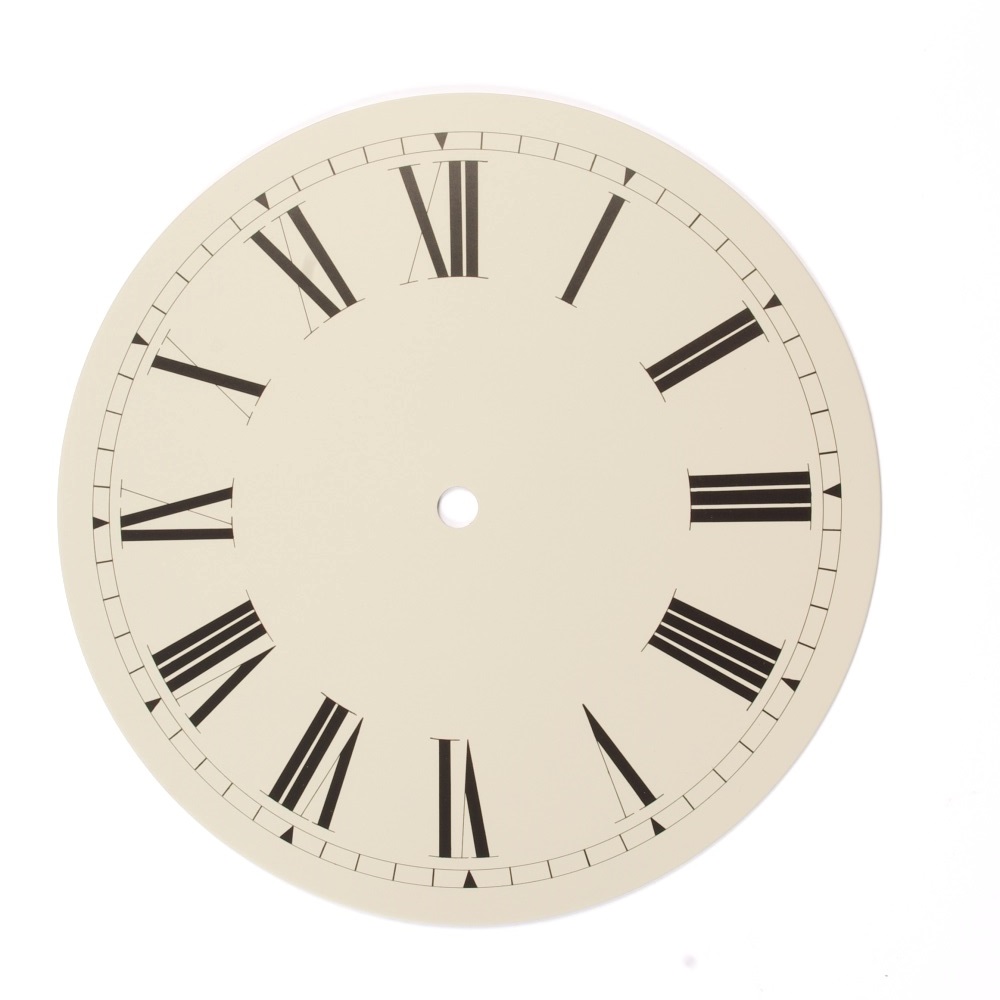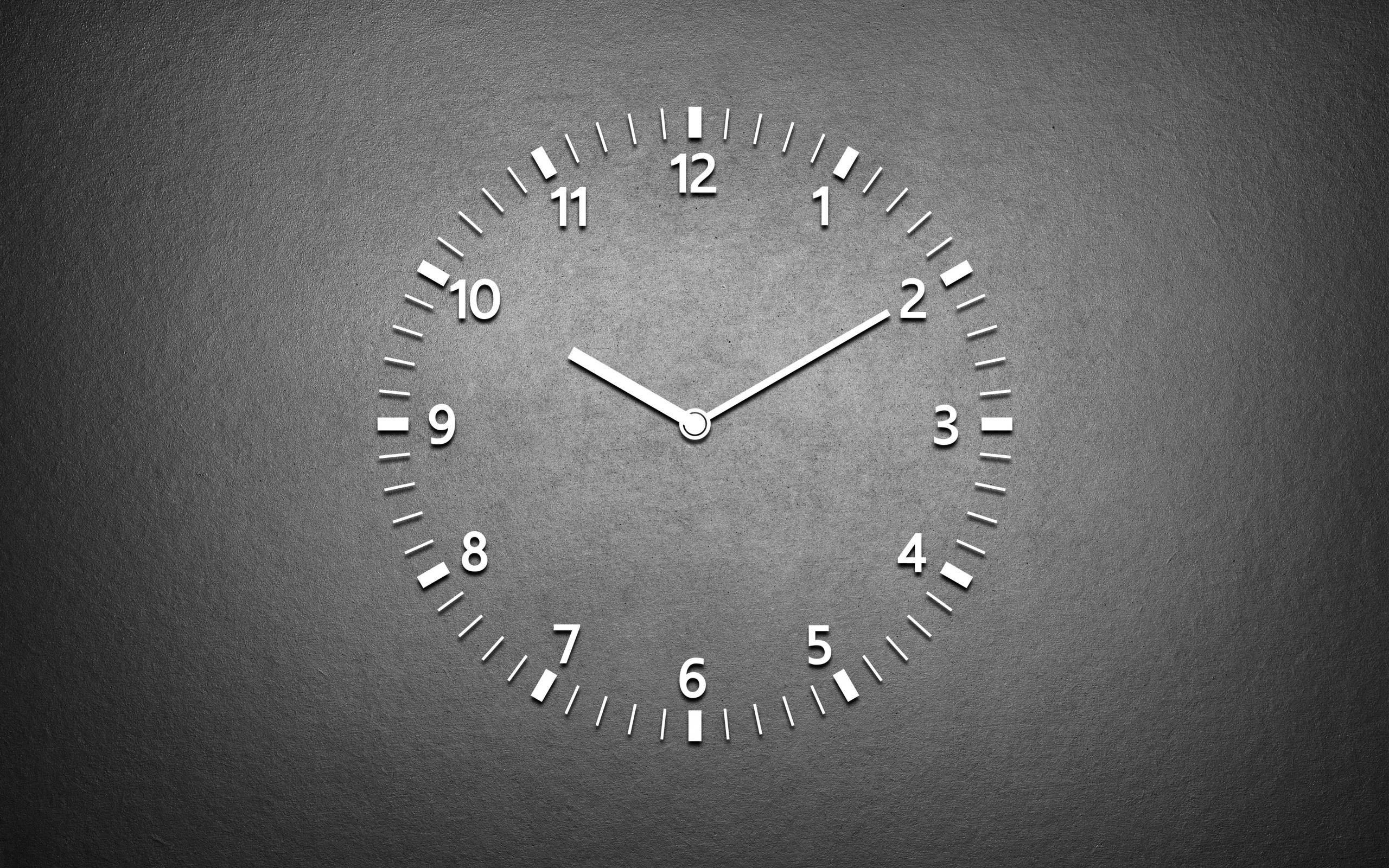Clock Dial
Have you ever wondered how timekeeping devices like analog clocks work? It's all thanks to the clock dial, the face that displays the time, making it easily readable for anyone at a glance. But did you know that there are different types of clock dials that serve different purposes? In this article, we'll explore everything you need to know about clock dials and their importance in timekeeping devices.
Pain Points Related to Clock Dial
Have you ever been in a hurry and struggled to read the time from an analog clock with a complex dial? Or have you ever had trouble setting the time on a clock with a confusing dial design? These are some common pain points related to clock dials that can lead to frustration or inaccurate timekeeping.
What Is the Target of Clock Dial?
The target of clock dial is to make reading and setting the time on a timekeeping device clear and easy for anyone, regardless of age or education level. Clock dials achieve this by displaying the time in a visually intuitive way and by using symbols or numbers that are easily recognizable.
Summary of Clock Dial Importance
Clock dials are a crucial component of timekeeping devices as they make it easy for anyone to read and set the time. Different styles of clock dials serve different purposes, but they all need to be visually intuitive and recognizable to their target audience.
The Different Types of Clock Dial
The most common type of clock dial is the standard Arabic numeral dial, which displays the hours of the day in a circle and is found on most analog clocks. However, there are also Roman numeral dials, which are favored for their classic design and are often used in decorative clocks. Another type of dial is the 24-hour dial, which displays military time and is often found in hospitals or in other settings where 24-hour timekeeping is necessary.
Clock Dial Materials
Clock dials can be made from a range of materials, including metal, glass, and plastic. Metal dials, such as those made from brass or copper, are popular for their durability and traditional appearance. Glass dials are visually appealing and can create a magnifying effect on the hands, making them easier to read. Plastic dials, commonly found in digital clocks, are lightweight and affordable but may not be as durable as metal or glass dials.

Dial Features
Clock dials can also have features such as moon phases, second hands, or calendar displays. Moon phases are popular in grandfather clocks and add a decorative element to the clock face. Second hands are helpful for those who need to measure time more precisely, such as in scientific experiments. Calendar displays, found in some wall clocks, allow for quick reference to the date without having to look at a separate calendar or device.

The Importance of Clock Dial Design
The importance of clock dial design lies in its ability to convey the time accurately and clearly. The design should be visually intuitive and easy to read, with clear markings that are easily recognizable. Careful consideration should also be given to the font and color choices, as they can impact the legibility of the dial.
Question and Answer
Q: Can clock dials be customized?
A: Yes, clock dials can be customized with different materials, designs, and features to suit the specific needs or preferences of the buyer.
Q: Can clock dials impact the accuracy of the timekeeping device?
A: The accuracy of timekeeping is primarily dependent on the movement or mechanism of the clock, rather than the dial itself. However, it's important to ensure that the dial is properly attached to the clock and that the hands are not impeded by any obstructions.
Q: What are some common materials used for clock dial numerals?
A: Clock dial numerals can be made from a range of materials, including brass, steel, gold leaf, and even diamonds in luxury clocks.
Q: Why are some clock dials designed with "ghost" numbers?
A: Some clock dials may have "ghost" numbers, or faded markings between the hour markers, as a visual aid in determining precise time. This feature is often found in clocks used for scientific or military purposes.
Conclusion of Clock Dial
In conclusion, clock dials are a crucial component of timekeeping devices, serving to make reading and setting the time clear and easy for anyone. Different types of clock dials and materials suit various needs and preferences, and careful consideration of design elements can impact the legibility and accuracy of the clock dial. By understanding the importance and features of clock dials, we can better appreciate the elegant and timeless nature of analog clocks.
Gallery
Clock Dial | Time Restored

Photo Credit by: bing.com / clock dial restored time zoom click
Clock Dial

Photo Credit by: bing.com / clock wallpaper grey dial background hd preview click
Clock Dial Face | EBay
Photo Credit by: bing.com / clock face dial
Mahogany Dial Clock Timepiece

Photo Credit by: bing.com / clock dial timepiece camerer cuss wall mahogany clocks
Kamloops Office Systems :: Office Supplies :: General Supplies

Photo Credit by: bing.com / clock 24 analog wall quartz bates gbc hour military time clocks dial office 24hr main round company minute 2000


0 Response to "Clock Dial"
Post a Comment